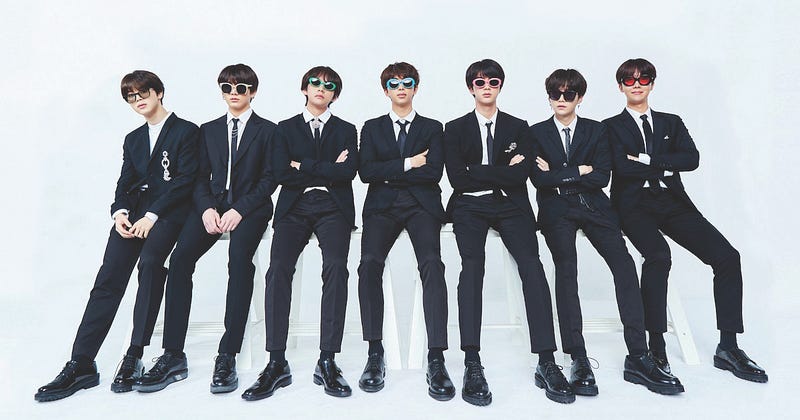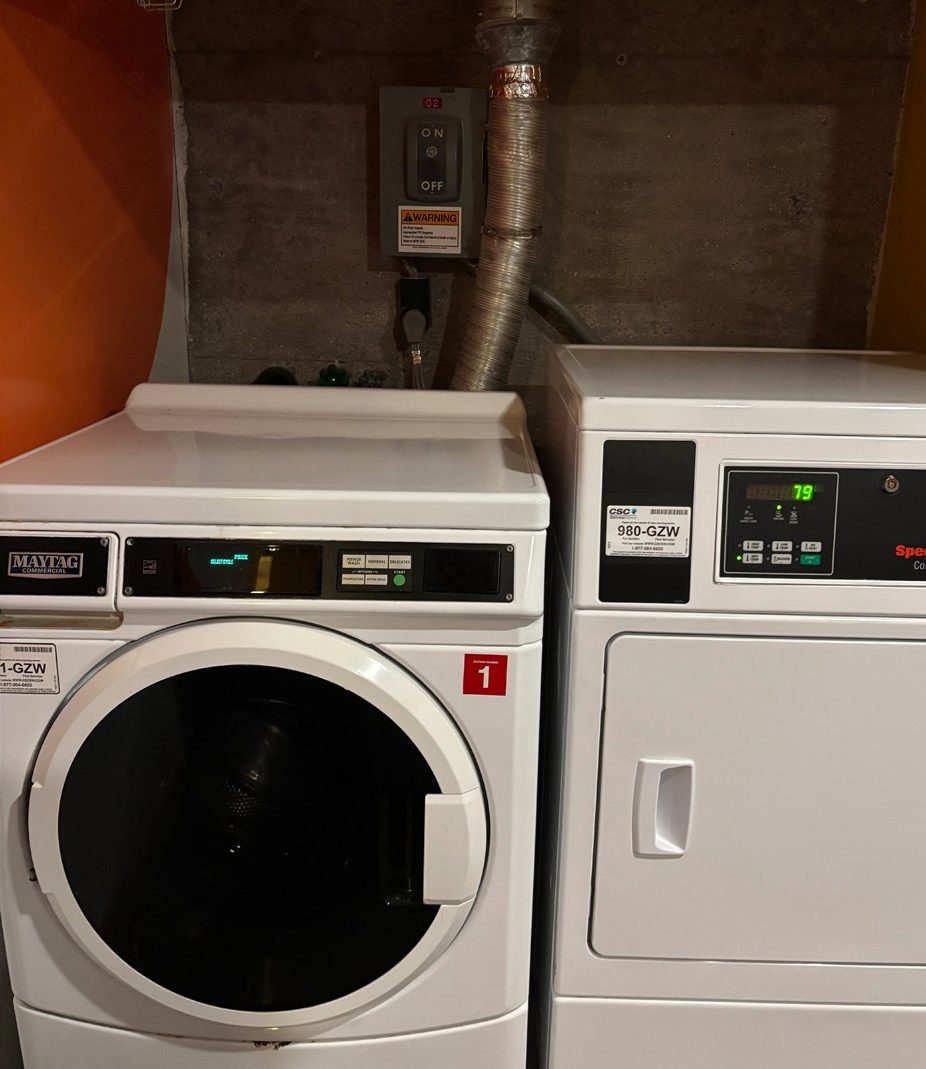
There seems no escaping Korean culture these days. Western beauty stores like Sephora and Ulta now house a specific section for Korean skincare and makeup products, and Netflix and Hulu frequently feature multiple K-Dramas and movies. However, the Korean import that gains the most attention is probably K-pop, South Korea’s pop music industry.
Take the K-pop girl group Blackpink. They made a huge splash in 2016 with their catchy EPs
Square One
and
Square Two
, establishing a dedicated fanbase that later increased internationally after the release of their 2018 four-to-five-song mini album,
Square Up
. Their popularity led to a collab with Dua Lipa and made them successful enough to start their first world tour. Just a few days ago, Blackpink released their latest mini-album,
Kill This Love
, and a single which shares the same name. What’s more, the single’s music video briefly took the YouTube record for most views in twenty-four hours (56.7 million views). As if that wasn’t impressive enough, Blackpink also performed at Coachella this past weekend, making history as the first female K-pop group to do so.
Similarly, fellow girl group LOONA gained intense international popularity with their latest EP X X. Despite its release just a month ago, the music video for their EP’s single, “Butterfly,” sits at 22 million views on YouTube. Though they aren’t one of the more mainstream K-pop groups, continued support from LOONA’s fans has provided the group the chance to work with Grimes, as well as earning them nominations in international award shows like the MTV Europe Music Awards.
Of course, one can’t describe K-pop today without mentioning the well-known boy group BTS. BTS recently made their latest comeback (comebacks in the K-pop industry, unlike those in the Western world, are when artists release any new material; there is also a shorter time period between releases) with their new album
Map of the Soul: Persona
. It’s worth noting that their YouTube music video for their album’s single, “Boy with Luv,” currently stands at 121 million views and counting, nabbing the record for most views in twenty-four hours from Blackpink.
Such impressive achievements raise many questions. Why is there recent a surge in K-Pop popularity when the genre has existed since the 1990s? What elements of K-pop make it so loved around the world? Most of all, what exactly is K-pop?
By definition, K-pop is pop music made in Korea. However, K-pop slightly differs from the Western pop scene because of its powerful entertainment agencies. Unlike Western agencies, these agencies are more heavily involved in creating the music and the artists of K-pop.
K-pop artists, or “idols,” are some of many reasons that K-pop is beloved by people around the world. At first glance, a K-pop idol may not seem different from Western pop stars. Like Western artists, K-pop idols are musical artists with dedicated fan bases — the difference lies with the fact that an idol is ultimately a product of a K-pop entertainment agency. These agencies make their idols undergo a variety of processes to maximize their appeal to the public, constantly attempting to ensure perfection from these performers by pushing them to master complicated choreographies, embody appealing personalities, and cultivate impressive vocals. Though this dedication to perfection may sound like overkill, it has undoubtedly successful results; the apparent flawlessness of K-pop idols, thanks to K-pop agencies, makes many people around the world love and “idolize” them, contributing to their commercial success.
Another aspect of K-pop’s popularity is how it infuses many international styles and genres. By incorporating international styles, K-pop gains the favor of people who live in areas that have influenced their work. That K-pop idols release these musically diverse styles every three-to-six months — the typical rest period between K-pop comebacks — also adds to the genre’s popularity. With a variety of musical styles incorporated in K-pop songs, fans receive an almost unlimited amount of diverse music.
Take Super Junior, for example, one of the oldest and most respected K-pop groups. Their last album,
Repackage
, is full of acoustics and displays the influences of Latin pop, especially with the single “Lo Siento,” featuring Dominican-American singer Leslie Grace. This album represents a huge step away from the electronic tone of their last album, released only six months prior. Despite the huge musical shift over such a short period of time, fans embraced Super Junior’s new concept immediately and the group gained immense popularity in Latin America for featuring Latin pop elements in their music.
However, the biggest contributor to K-pop’s recent popularity is the world’s increasing interconnectivity within the digital world. Instagram, YouTube, and Twitter have all significantly contributed to K-pop’s international popularity, as these platforms instantly share K-pop to millions of people across the globe.
Additionally, seemingly-flawless K-pop idols frequently receive online attention, which celebrated their image of perfection. For example, NCT 127’s recent single “Wakey Wakey” features NCT 127 practicing perfectly synchronized choreography, displaying stunning visuals, and performing to sharp electro beats. All of these elements create a perception that NCT 127 is perfect, just like any typical K-pop idol group. This standard gains the approval of digital audiences, who then share it to others in order for them to appreciate as well. This starts a digital chain reaction; from tweeting to streaming the song on Spotify, the fans share their love of the song and artist everywhere, creating an immense wave of popularity for NCT 127 (and K-pop groups like them) that can easily have an international effect.
These factors have all contributed towards the world’s huge fixation on K-pop, grabbing much of Western media’s attention. In order to capitalize on this and make profit, Western industries have now begun to feature K-pop idols on their mainstream platforms. Featured performances at Coachella and on
Saturday Night Live
are probably only the start to a massive inclusion of K-pop in Western pop culture.
Expect to see K-pop idols in movies, TV shows, and maybe even at the Grammys soon. K-pop’s trajectory is on the rise and, as long it continues to maintain its popularity, Western media is likely to include more of it in its own pop culture.

























